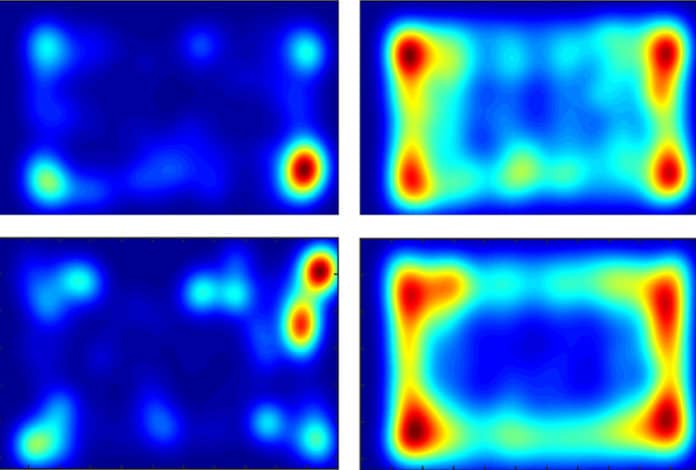A new open source program has the potential to increase the reliability and depth of data acquired from a marble-burying assay, which is routinely used in autistic mice models to infer anxious or repetitive behaviours. The programme tracks a mouse’s movement, counts how many marbles it burys, and keeps track of how long it takes to do so.
Researchers generally photograph mice in a cage with many marbles in order to do this test. They take another after a specified period of time has passed and compare the two photographs. Mice with anxiety-like or repeated habits are known to bury more marbles than usual.
“The marble-burying assay, the way it’s currently analyzed, it does show reproducible results,” states study investigator Lucas Wahl, a graduate student in Aleksandra Badura’s lab at Erasmus University in Rotterdam, the Netherlands.
However, according to Badura, associate professor of neurology and the study’s lead investigator, labs do the assay differently. “Behavioral studies are a little bit of a messy ground.” Machine learning is used to standardise the procedure in the new tool, which was detailed in eNeuro in March and is freely available online.
To create the marble-burying tracker, Wahl used an open source machine-learning system called Janelia Automatic Animal Behavior Annotator (JAABA). The algorithm automatically annotates the same behaviours in other videos using information from videos with manually labelled behaviours. In mice, fruit flies, and zebrafish, JAABA has studied a variety of behaviours.
Wahl and his colleagues gathered video clips of mice with mutations in the genes UBE3A, SHANK2, or SAPAP3, which are associated to Angelman syndrome, autism, and obsessive-compulsive disorder, respectively, for the current study.
The gadget also gave new information about the marble-burying test. The SHANK2 mice, for example, spent substantially less time burying marbles than wildtype mice but were much more hyperactive, running twice as fast and covering twice as much distance.
Mice with SHANK2 mutations spent just as much time burying marbles as wildtype mice, but after being administered with midazolam, a medication used to alleviate anxiety-like behaviours, they tended to bury the marbles near the centre of the cage. The conclusion contradicts prior results that the medication reduces marble burying, implying that the activity and anxiety are unrelated.
According to Badura, the automated tracker could be beneficial to the pharmaceutical industry, which frequently uses marble-burying assays to test anxiety medicines in preclinical studies. Only counting the number of marbles buried could distort the results.












































































